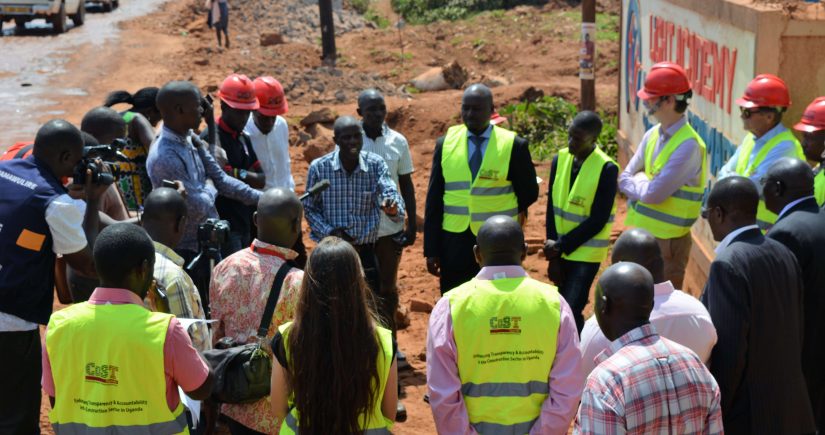Infrastructure development is a primary driver of real estate value in Uganda, with major road projects, power grid upgrades, and transit initiatives reshaping land use along key corridors such as Kampala–Jinja, Kampala–Masaka, and Kampala Northern Bypass.
Key Infrastructure Projects
- Kampala–Jinja Expressway: Phase I, completed in 2022, cut travel times by 40%, catalyzing land price increases of 30–50% for parcels within 5 km of interchanges in Njeru and Namagunga.
- Kampala Northern Bypass & Connector: The Bypass Connector, opened in 2023, has improved access to Entebbe Airport and areas like Mpala, driving residential and industrial land demand.
- Power Transmission Upgrades: The 400 kV Karuma–Bujagali line expansion has stabilized power supply in central Uganda, facilitating mid-scale manufacturing and data center developments.
Challenges
- Land Compensation & Resettlement: Delays in fund disbursement and valuation disputes have led to project slowdowns and community protests—compensation processes take 6–12 months on average.
- Regulatory Coordination: Multiple agencies (Uganda National Roads Authority, Ministry of Lands, and district councils) often operate in silos, causing inconsistent policy implementation and prolonged approvals.
- Environmental Concerns: Road expansions have encroached on wetlands, sparking NEMA interventions and temporary construction halts.
Private Sector and Public Collaboration
- Stakeholder Engagement Models: The Ministry of Works and Transport instituted Quarterly Infrastructure Forums, bringing together affected communities, contractors, and investors to streamline compensation and address grievances.
- Integrated Land Banking: Developers like Rwenzori Estates pre-acquire land along planned corridors, negotiating upfront community infrastructure contributions in lieu of higher land prices.
- Green Infrastructure Financing: Partnerships with multilateral lenders (AfDB, World Bank) include environmental safeguards and community development clauses, ensuring sustainable project execution.
Investor Implications
- Appreciation Opportunities: Land value along improved corridors is expected to grow 20–30% annually for the next five years, offering high capital gains for early acquisitions.
- Risk Factors: Investors must navigate compensation timelines, valuation disputes, and environmental compliance; budgeting an additional 10–15% of land acquisition costs for stakeholder engagement and mitigation is prudent.
- Collaborative Models: Participating in public-private infrastructure initiatives can unlock tax breaks, priority access to land, and shared revenue agreements.
Conclusion
Infrastructure-led expansion along Uganda’s major corridors is redefining the real estate landscape, amplifying land values, and creating hotspots for residential, commercial, and industrial development. Success hinges on effective stakeholder management, inter-agency coordination, and compliance with environmental standards. With further expressway phases and planned rail links on the horizon, corridor-adjacent real estate remains a compelling investment opportunity through 2030.



